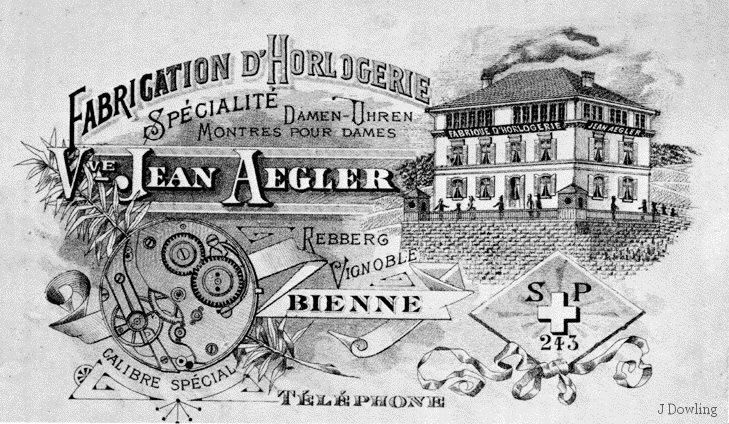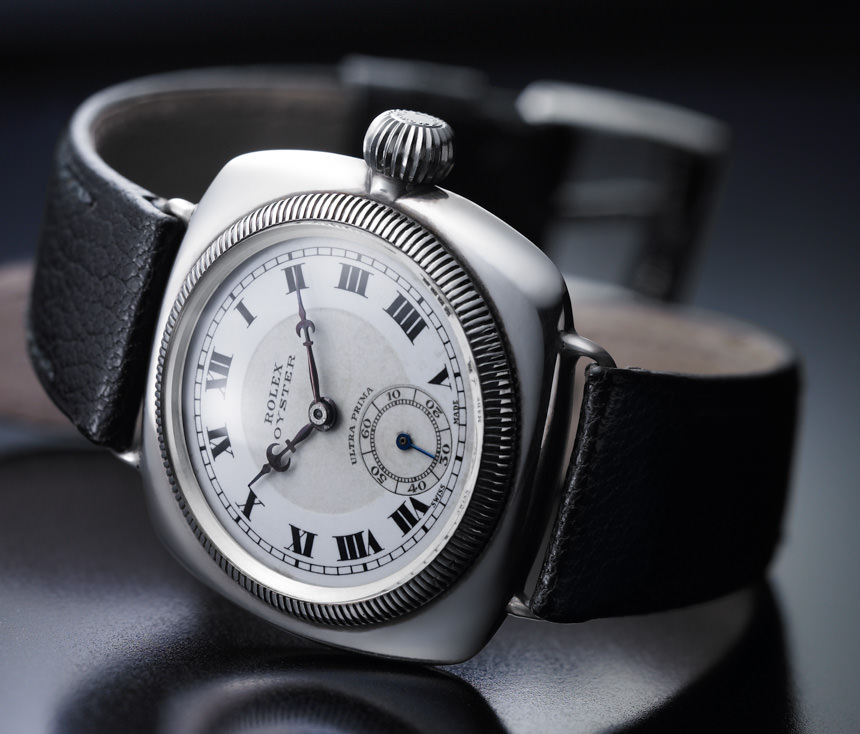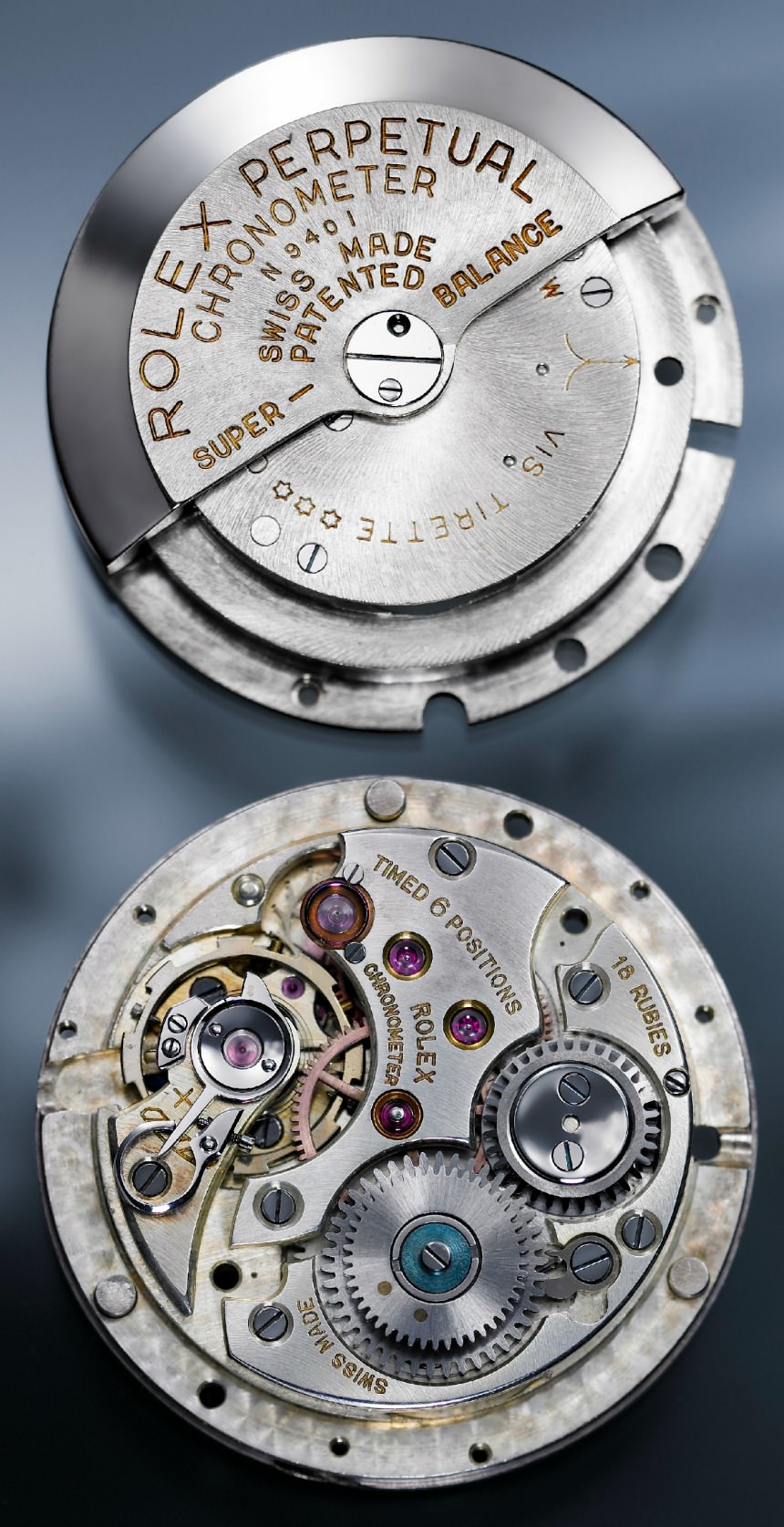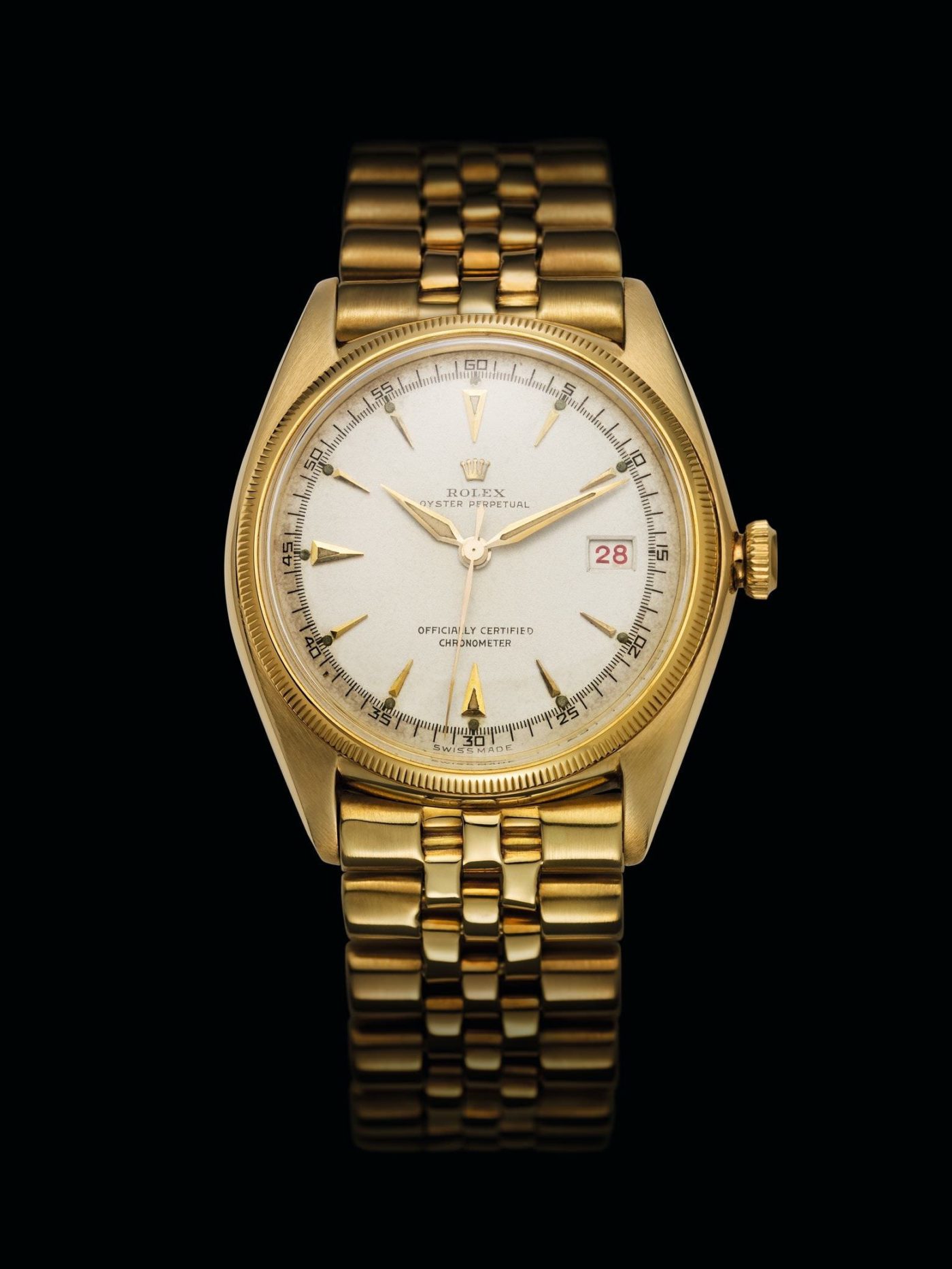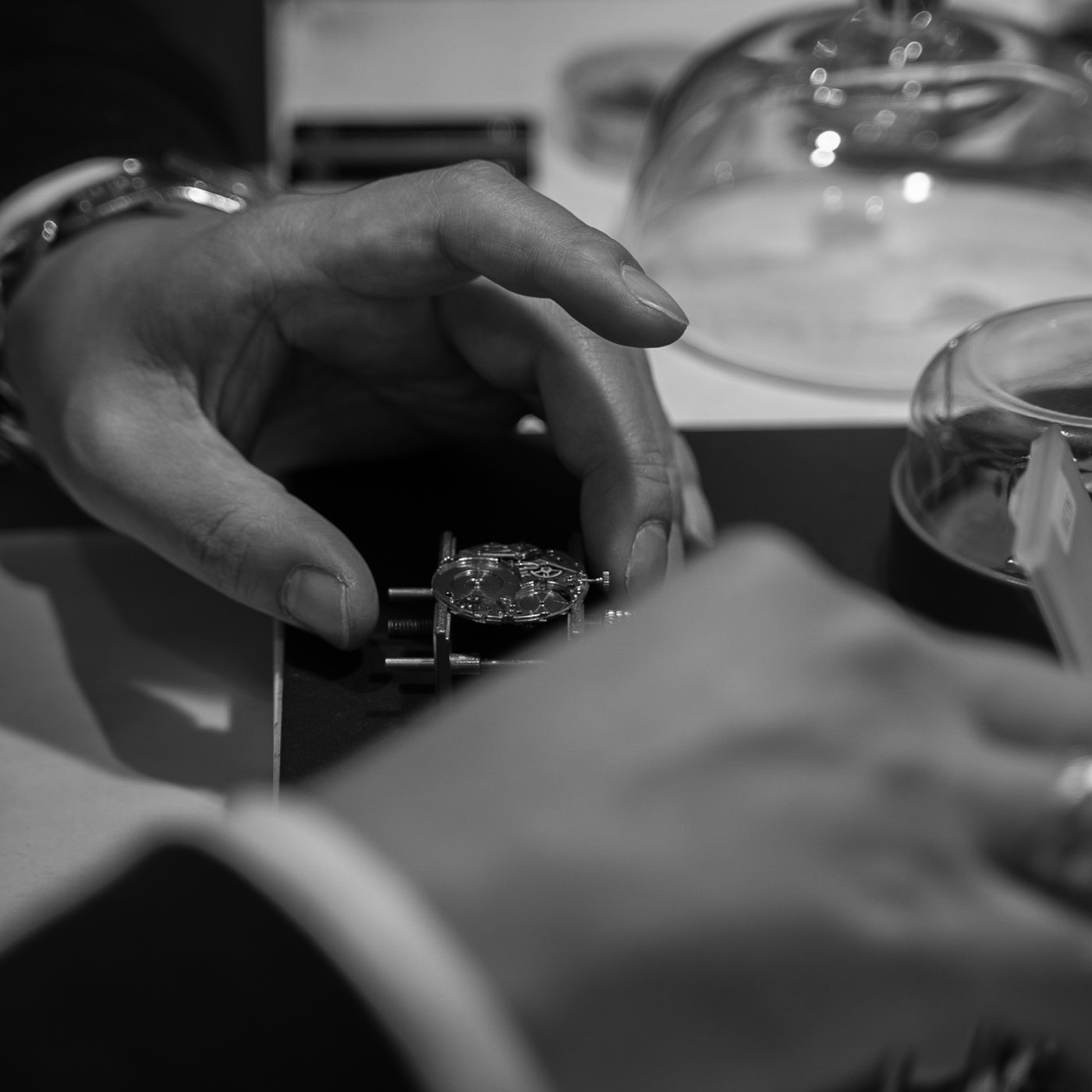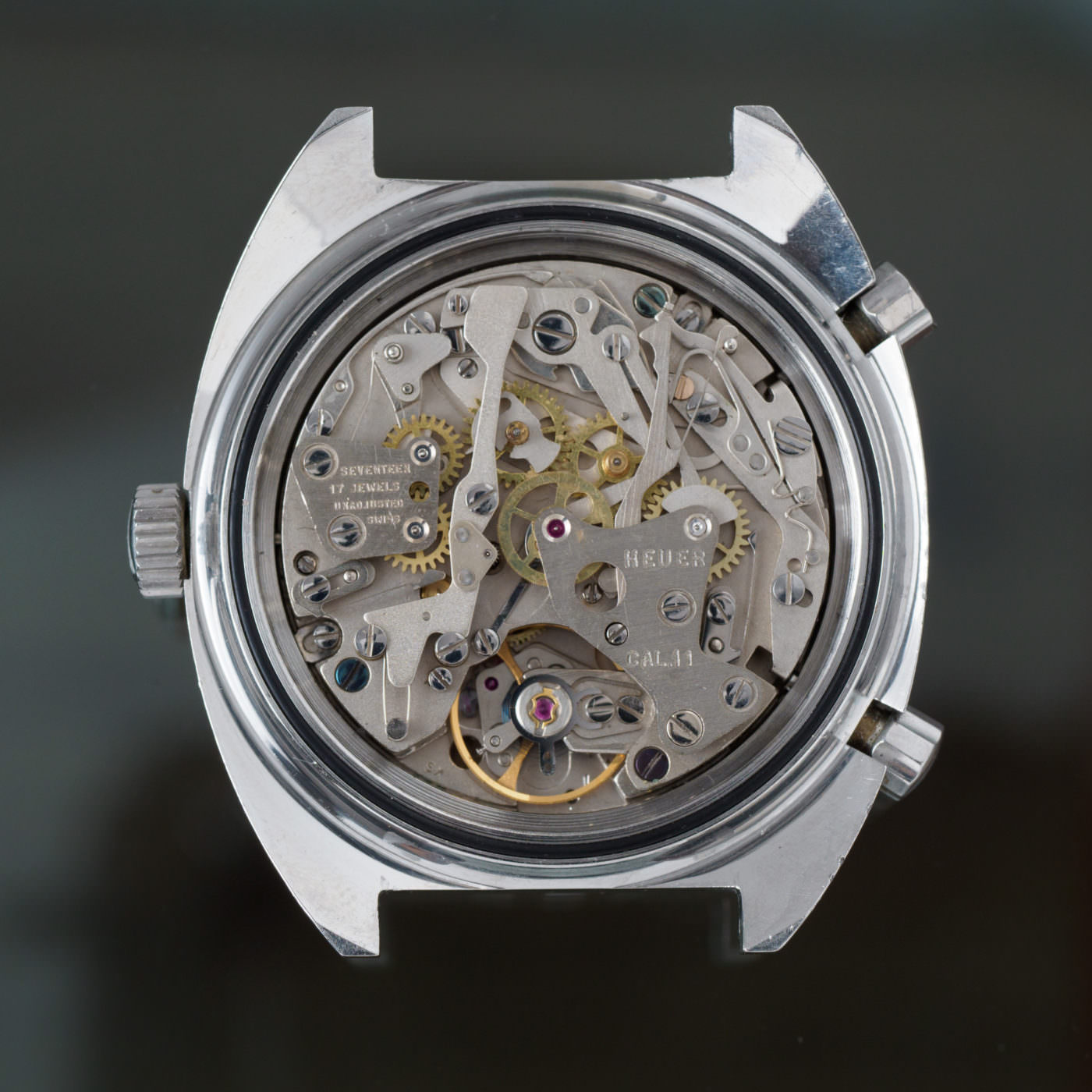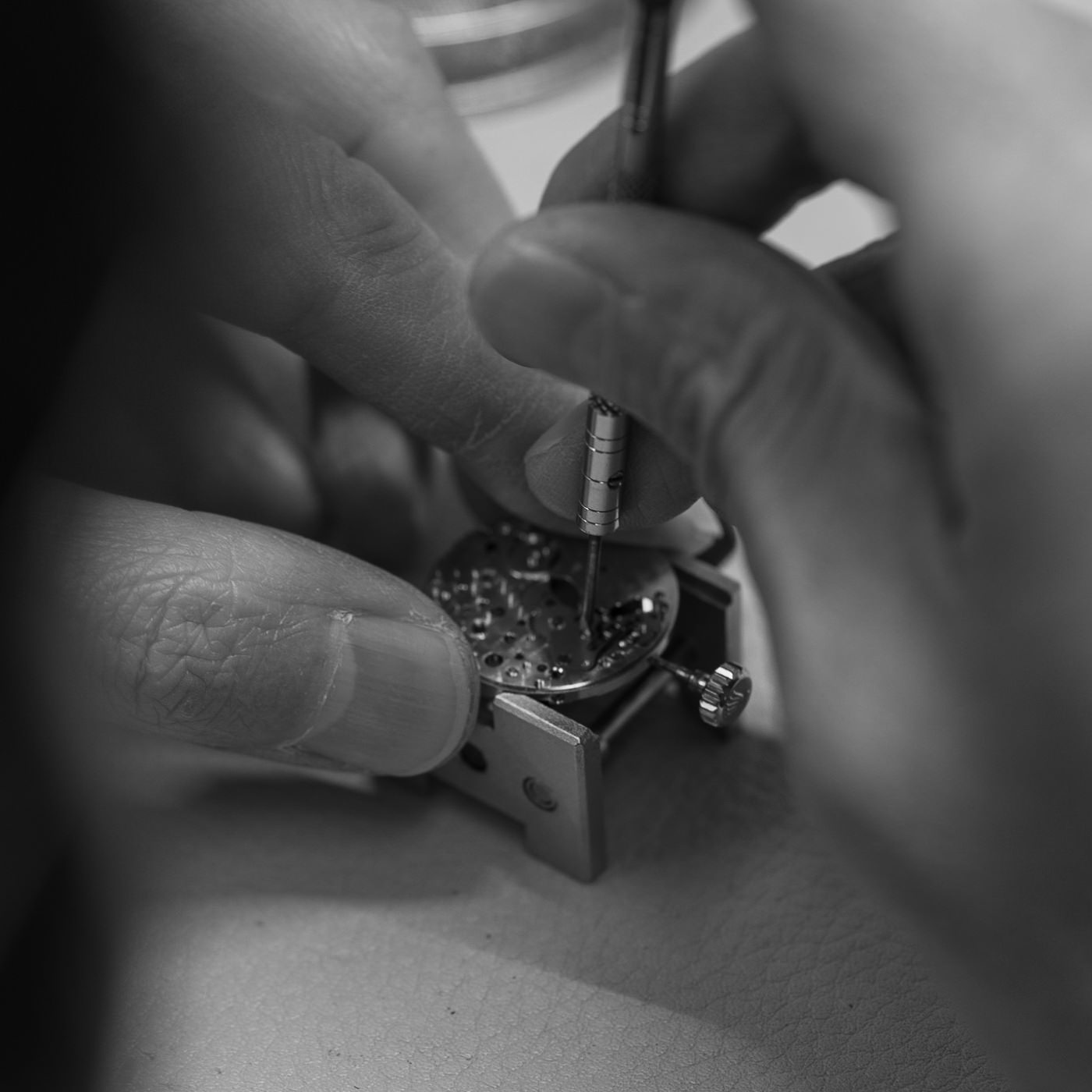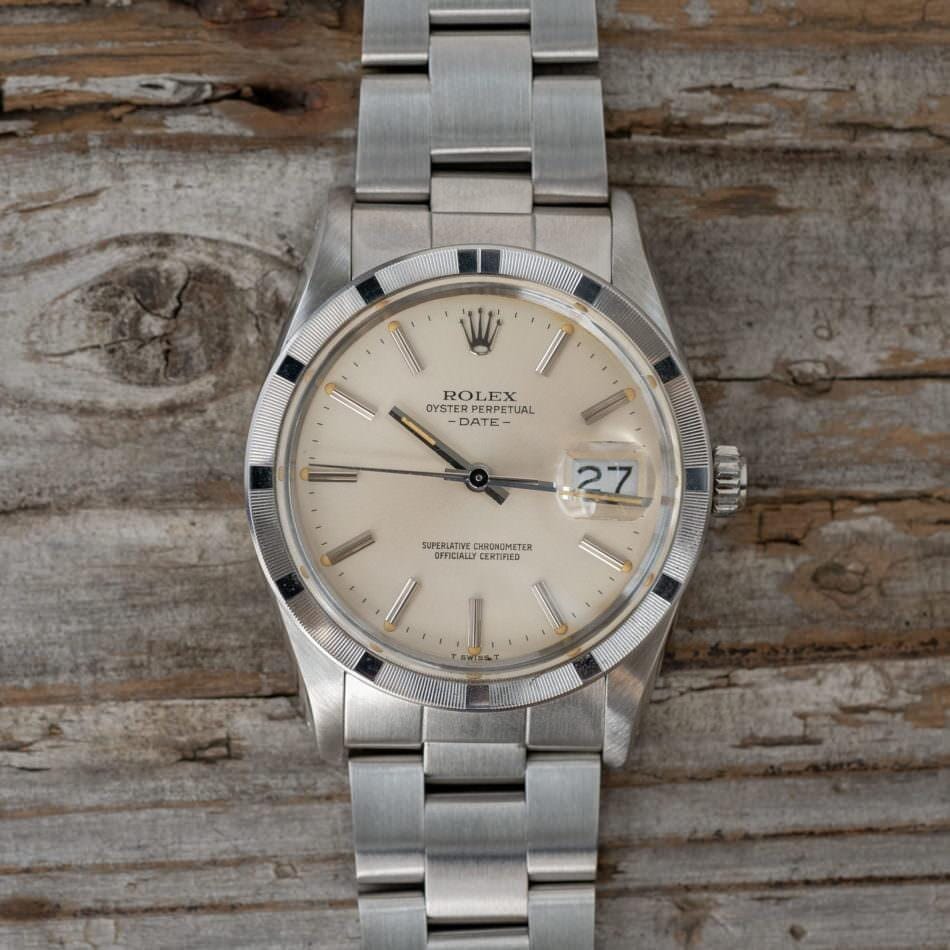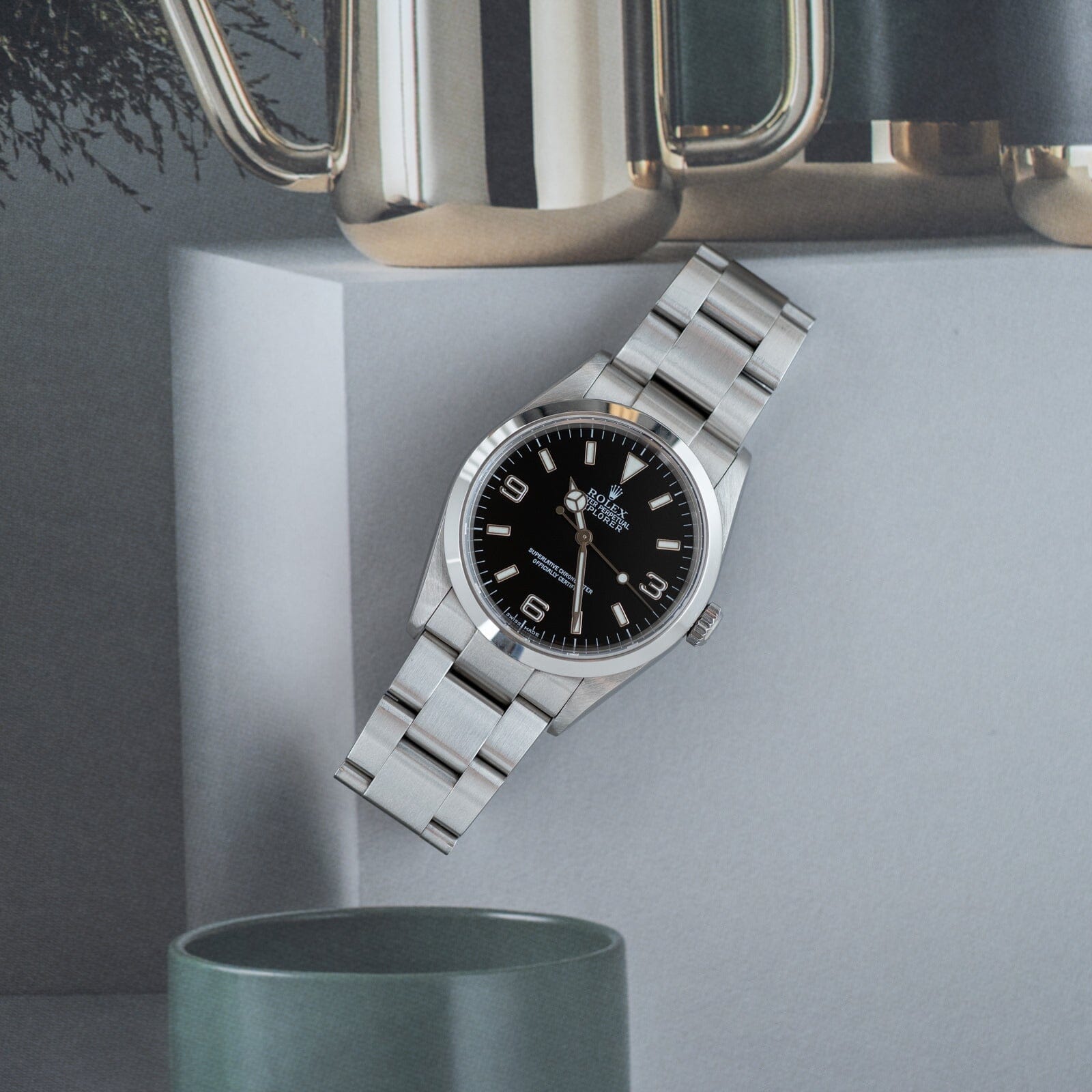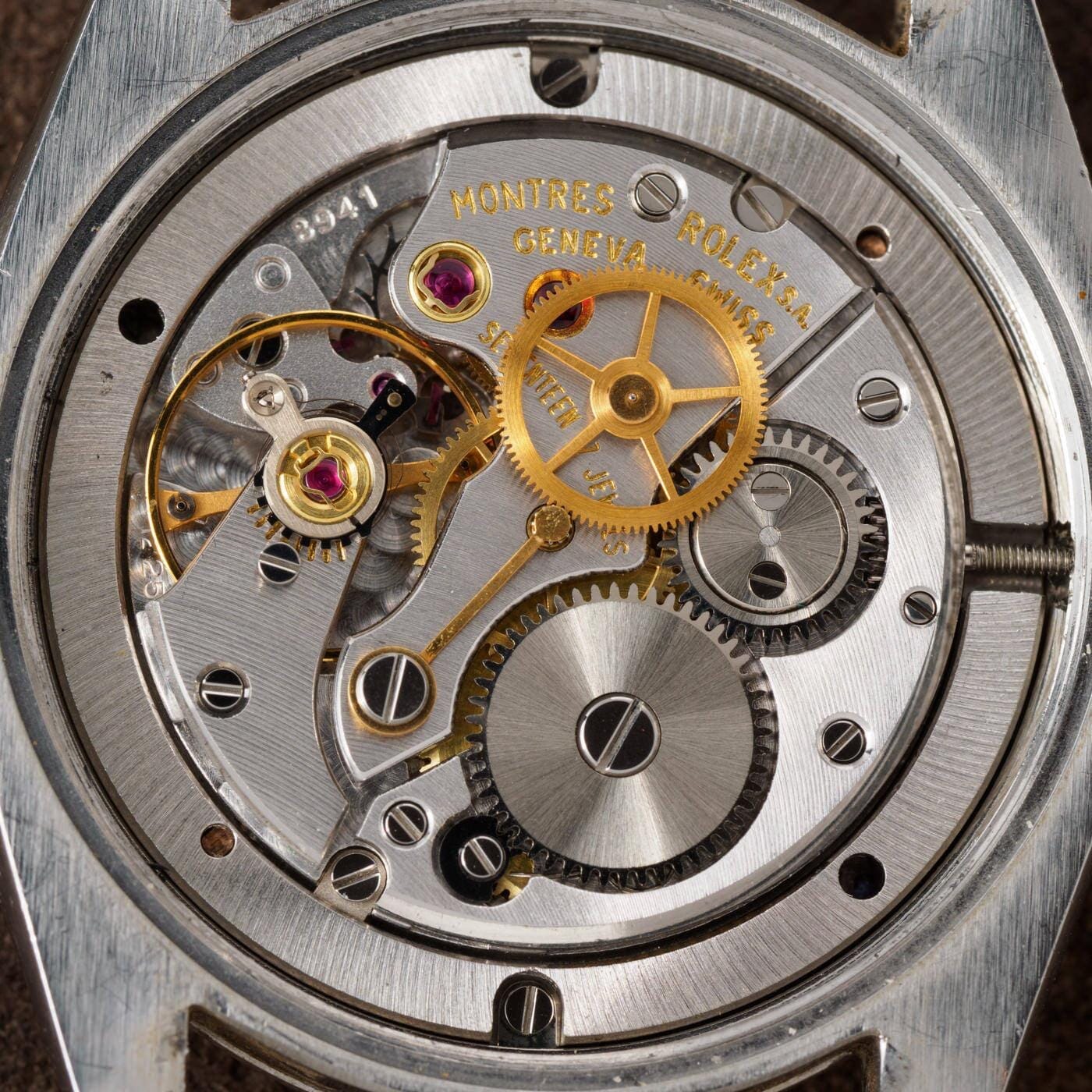
History of the ROLEX movement Vol.1
Looking back at the history of the Rolex movement, Rolex founder Hans Wilsdorf used the Jean Eggler movement when he founded the watch trading company Wilsdorf & Davis in 1905. I did.
In 1910, Rolex was the first watch to receive an official chronometer certificate from the Swiss Chronometer Percentage Certification Authority as a result of its commitment to chronometer accuracy to improve the quality of the movement.
In 1920, the company moved to Geneva, a world-famous watchmaker, and established Monterey Rolex S.A.
In 1926, he started using the crown logo, and in the same year he applied for a patent for the waterproof and dustproof "Oyster case" and developed the world's first waterproof watch "Rolex Oyster".
In 1927, the following year, it became a hot topic that a British female swimmer "Mercedes Greitz" wearing a watch with a Rolex inscription on the dial and case movement swam across the Strait of Dover. It attracted the attention of the world.
Thanks to this success, not only the Oyster case, but also the accuracy and ruggedness of the movement have been recognized.
In 1931, he developed the "Perpetual Movement" that continues to this day.
This is the world's first movement equipped with a self-winding mechanism, and it is no exaggeration to say that it is the origin of self-winding watches.
In 1945, the first self-winding watch "Rolex Datejust" with a datejust mechanism on the dial was released.
The "Oyster Case," "Perpetual Mechanism," and "Datejust" developed by Rolex are technologies that continue to this day.
The Rolex movement has been brushed up without changing the rough structure of the movement itself.
Let's see what the Rolex movement looks like.
First of all, a hand-wound movement represented by Precision.
In the early days, movements such as Cal.600 series and 700 series were used.
The Cal.600 movement was manufactured by Egler and was the same movement as the Alpina 819 and Gruen 819 and was named Rolex 600 for Rolex from the late 1920s to the late 1930s. rice field.
In the 1940s and 1950s, Rolex exclusive movements Cal.700 (sub second = small second) and Cal.710 (sweep second = center second) will appear.
Since the early days of using the Cal.600 and Cal.700 series movements, the Rolex movement has been particular about the "Breguet winding mustache".

From the standpoint of productivity and cost, it is better to use "flat mustache", but Rolex has consistently focused on the accuracy of the watch from the early days, so even if it is expensive. Even if it becomes, "rolling mustache" is adopted.
Winding whiskers are parts that cannot be manufactured without high machining accuracy, and are expensive and difficult to mass-produce.
The great thing about Rolex's movement is that it is used in all watches that are positioned as industrial products, rather than being used in the finest products such as Patek Philippe and Lange & Söhne.
In 2000, the Parachrom hairspring, which was produced in-house, was equipped with Daytona's Cal.4130. In 2005, the blue parachrom spring, which is not easily affected by magnetism, was installed in Cal.3186 of GMT Master II, and it continues to evolve.
It's a little off topic, but in the early days of movements such as Cal.600 and Cal.700, we developed a movement that was a little thicker but thinner.
The movement "Cal.1000" which is the base of the 1200 series, which is said to be the final form of manual winding.
Cal.1210, Cal.1215, Cal.1220, and Cal.1225 are the further evolutions of the Cal.1000.
Let's take a look at the Cal.1200 series movement, which is called the completed Rolex hand-wound movement.
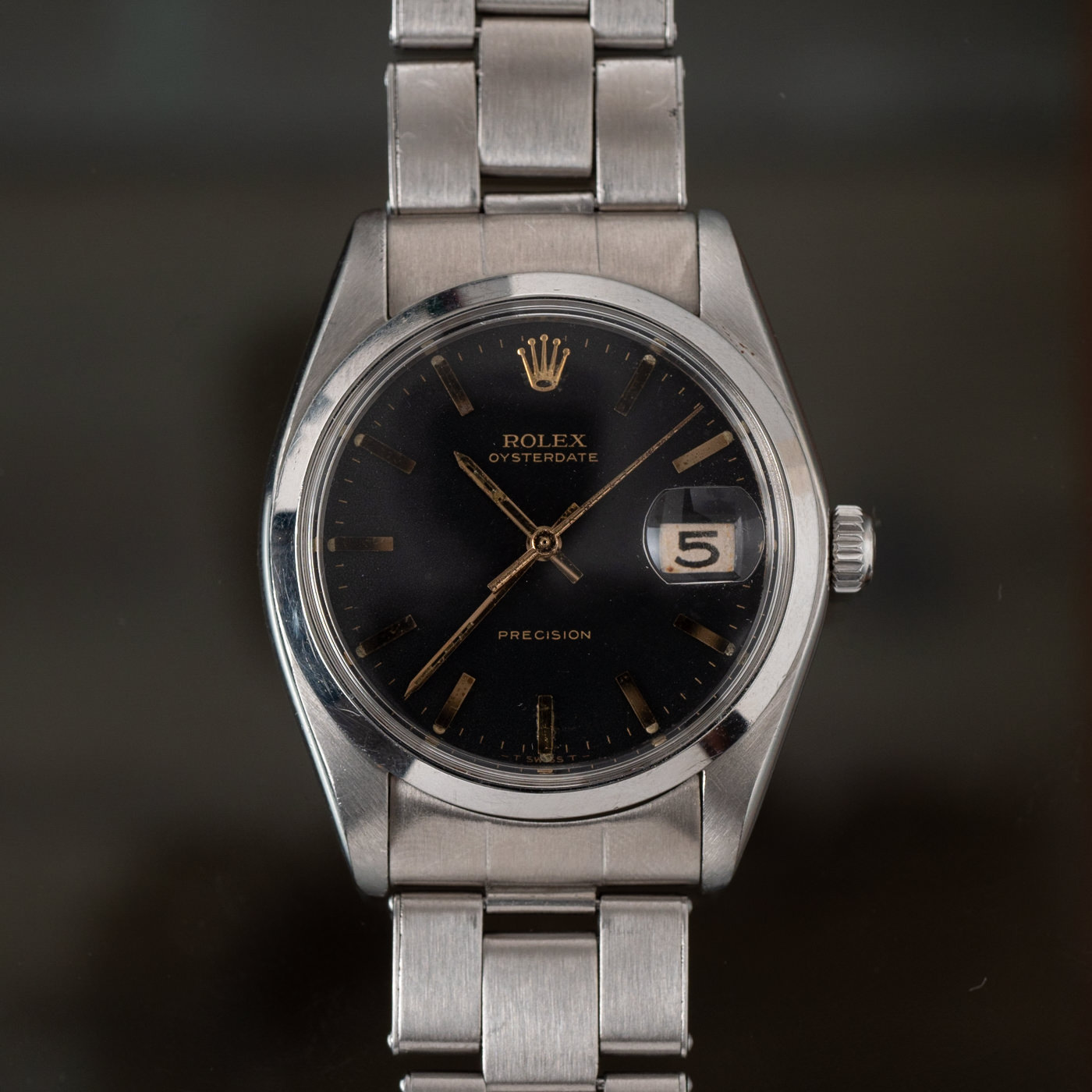
ROLEX Oyster Date PRECISION Ref.6694
Rolex hand-wound model Precision 6694.
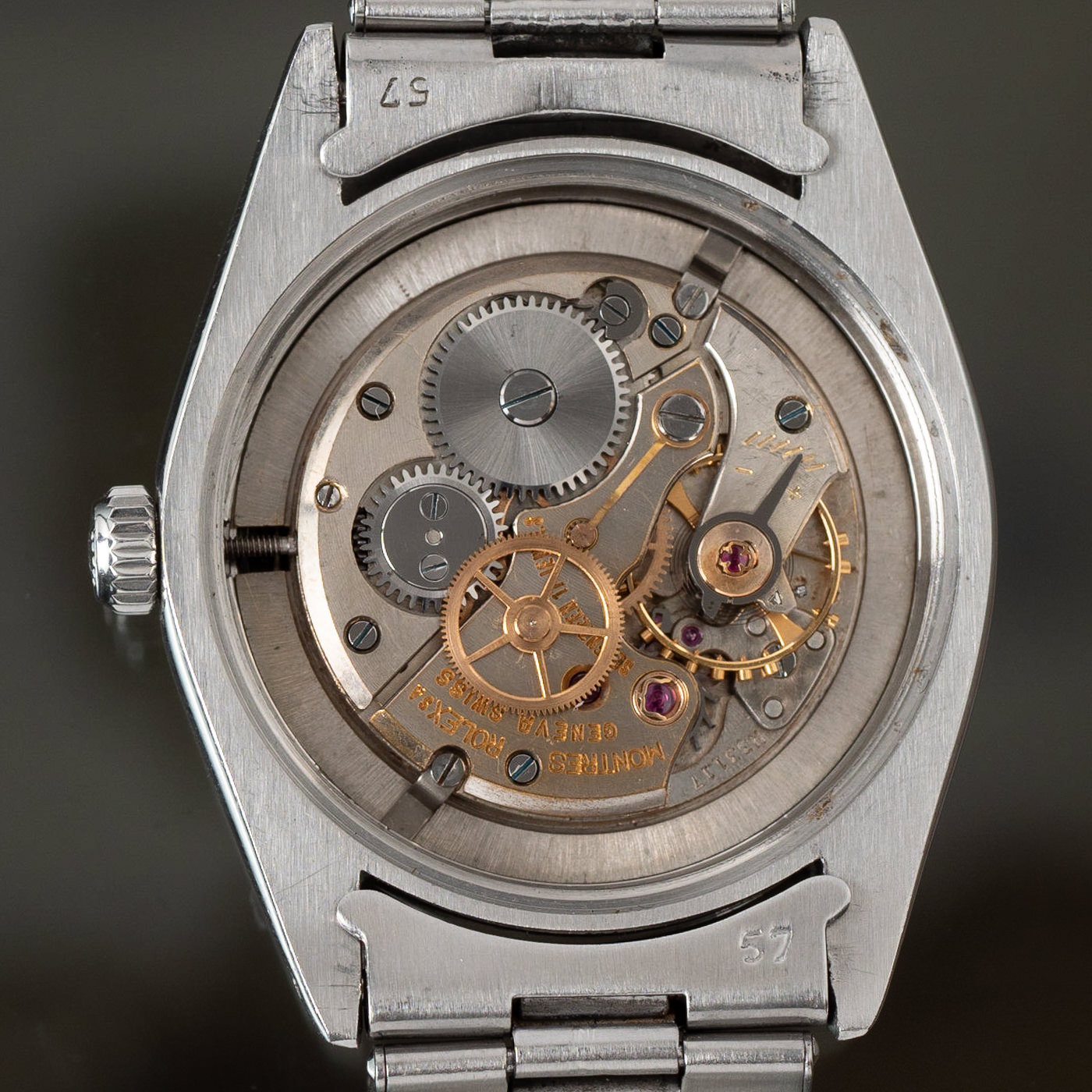
This watch contains Cal.1210. Non-date hand-wound move.
Cal.1210 is used not only for Oyster Precision but also for Oyster Speed King and Oyster Royal.
This movement, Cal.1210, was manufactured from its appearance in 1950 to the 1980s.
The fact that it has been made for more than 30 years shows the completeness and reliability of this movement.
As for bean information, if the end of Cal. ○○○○ is "zero", it will be non-date (no date), and if it is "5", it will be dated.
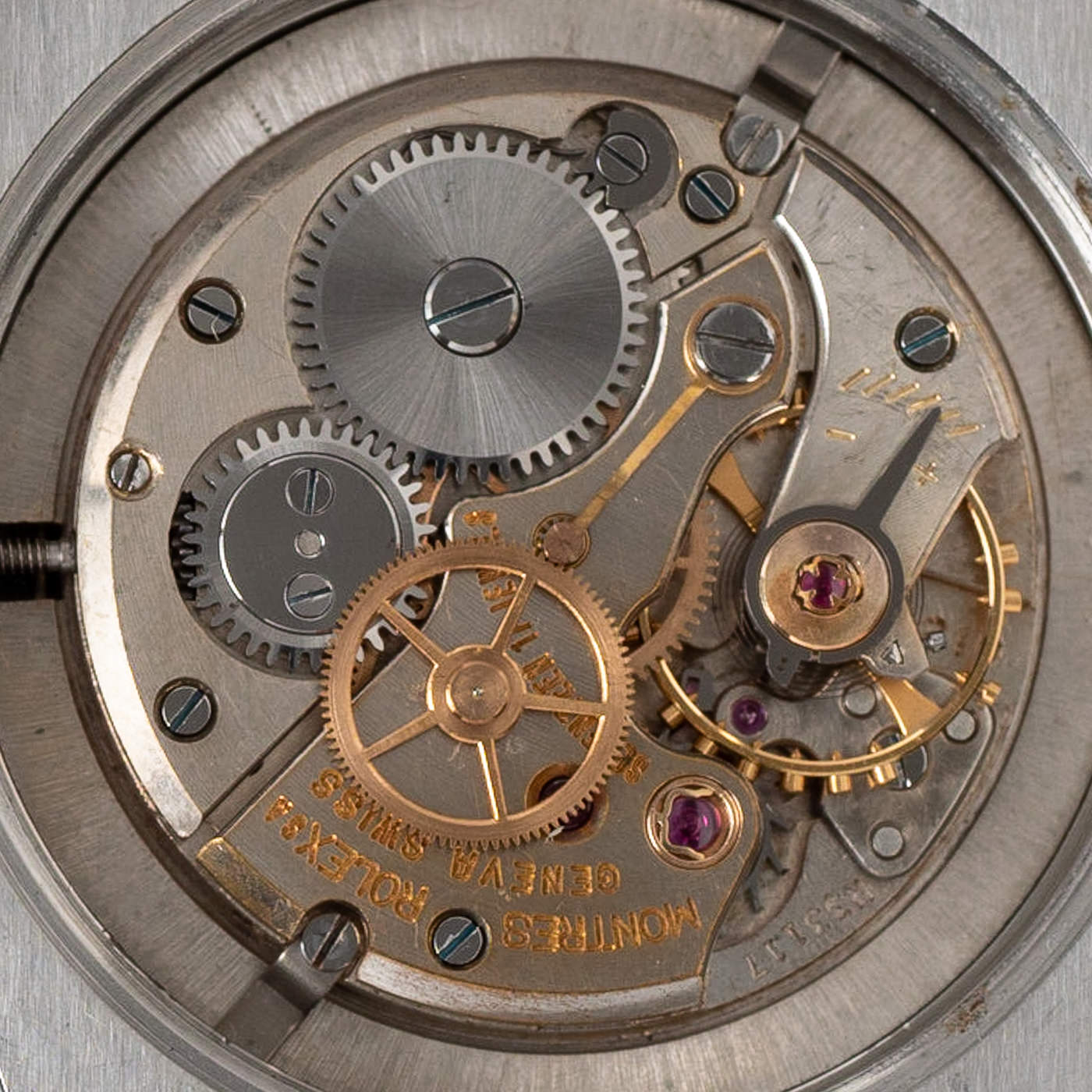
It has a fairly simple structure and the number of parts.

ROLEX Oyster Royal Precision 6427
Precision with the Royal Royal inscription that was produced from the 1930s to the 1960s.
This watch is made in 1987 with an ivory dial, which is the latter half of the Royal series.
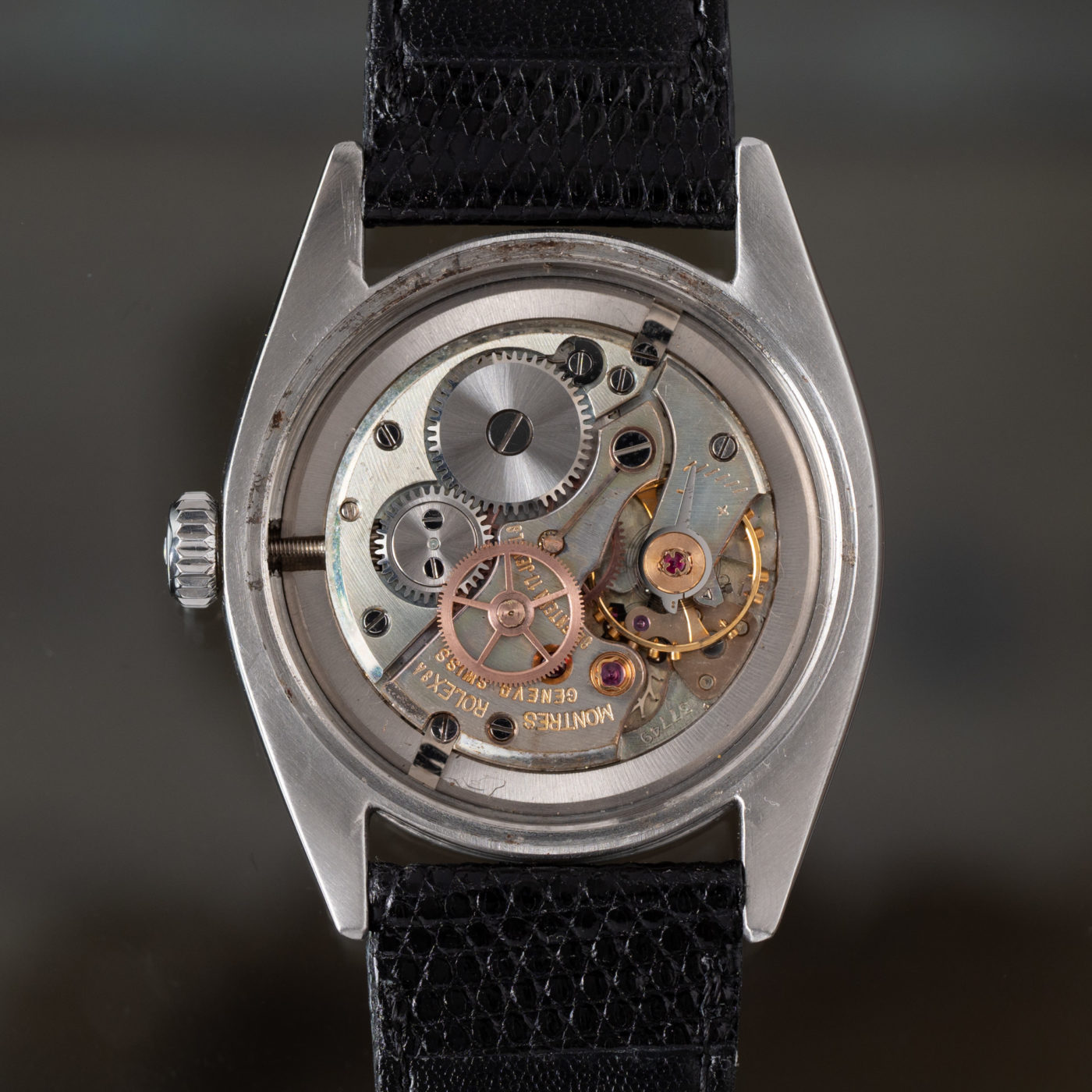
The difference from Cal.1220, the next movement of Cal.1210, is the frequency.
Cal.1210 has 5 vibrations per second = 18,000 vibrations per hour, and Cal.1220 has 5.5 vibrations = 19,800 vibrations per hour.
The Cal.1220 series movement appeared in the 1960s.
Since it is a manual winding movement without a date, there are few breakdowns and it is easy to maintain, so it can be used for a long time if maintenance is done properly
Next is Cal.1215 with a date.
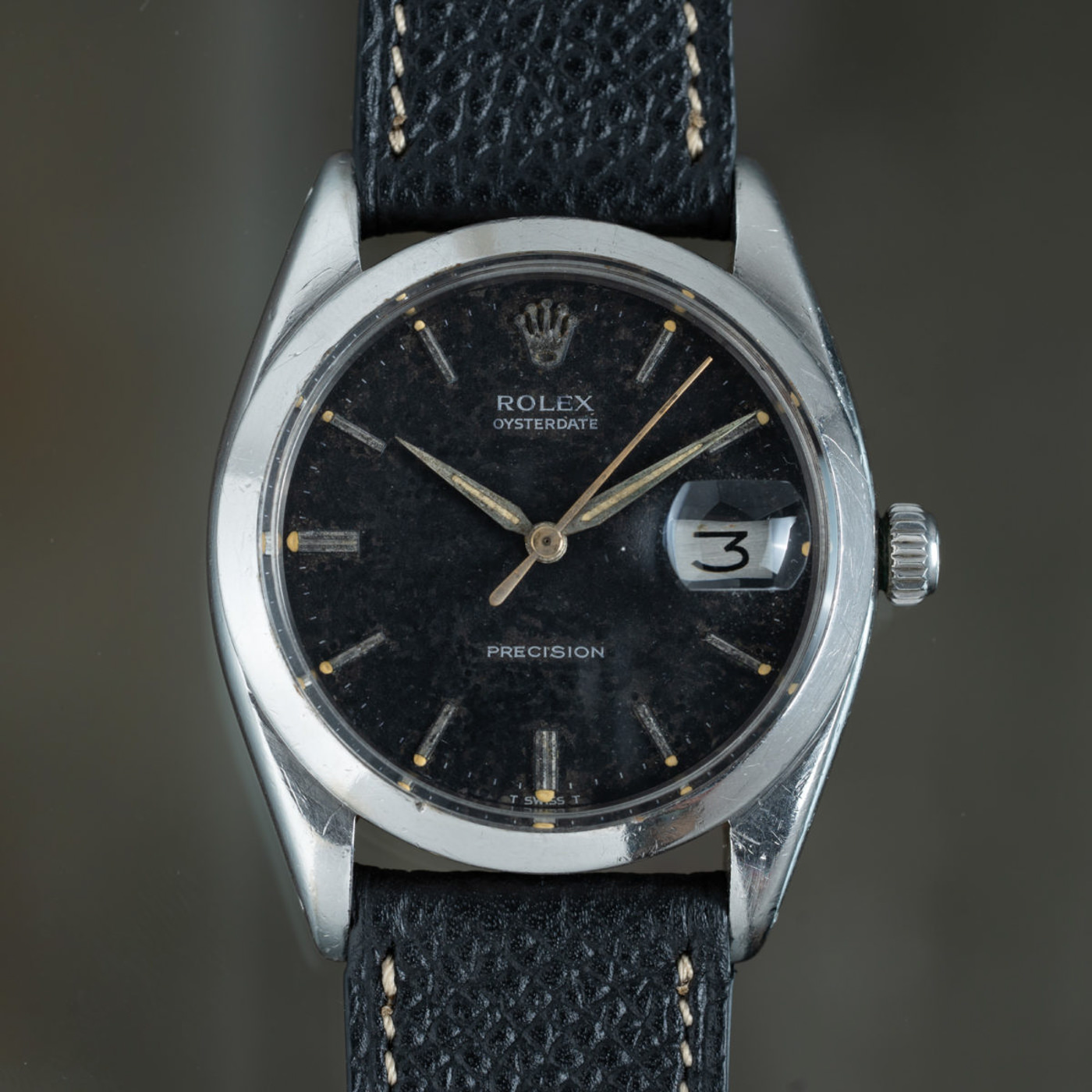
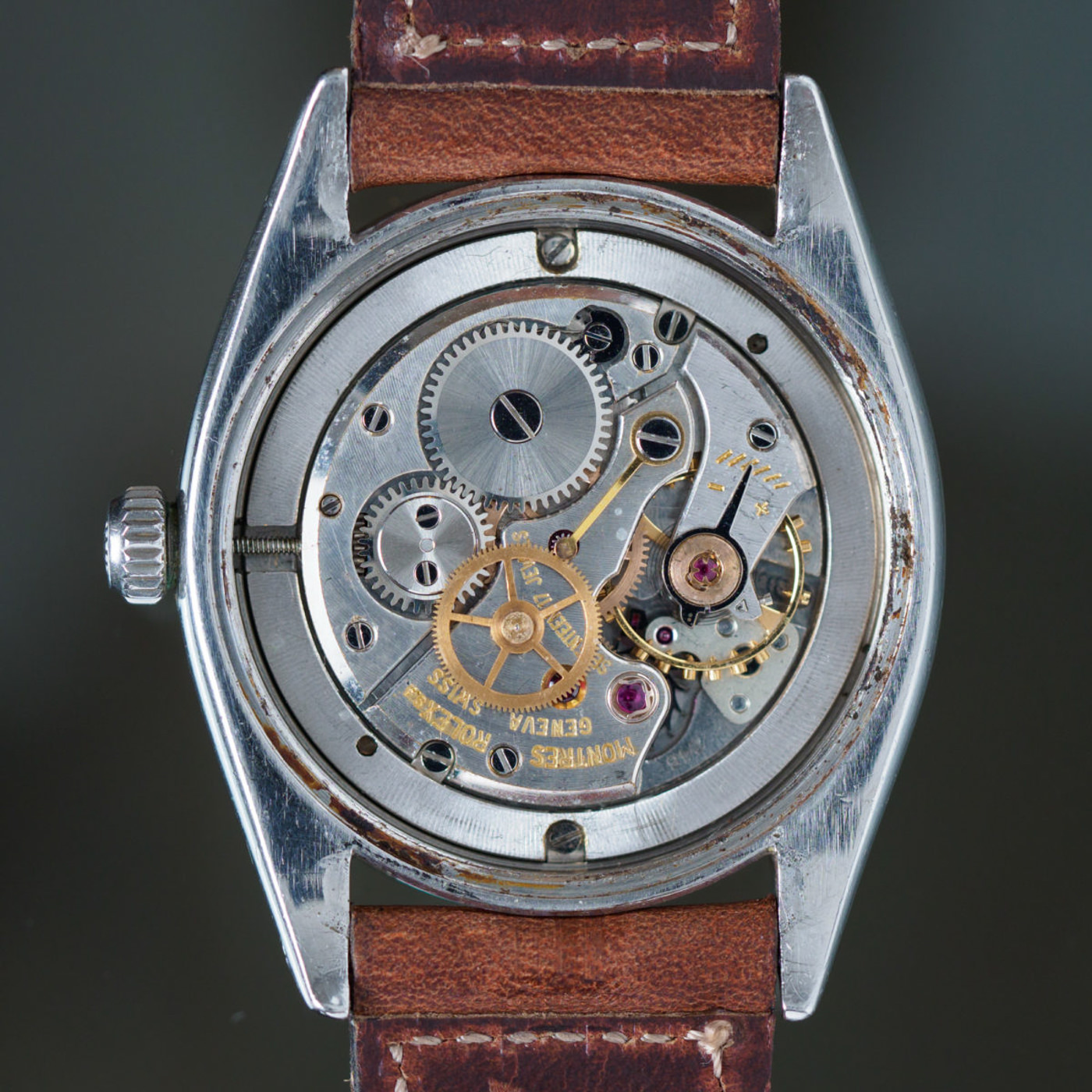
The movement with date has a calendar disc under it.
Let's take a look at Cal.1225, the next movement of Cal.1215.

This is also the same as Cal.1210 and Cal.1220 without date, only the difference in frequency.
What kind of watches use Cal.1225?

Rolex Oyster Precision 6694 Linen Dial

This is also a Rolex Oyster Precision 6694 Navy Linen Dial
There are many other variations of Ref.6694.
Starting with Cal.600, Cal.700, Cal.1000, and Cal.1200 series movements based on Cal.1000 are the history of Rolex hand-wound movements.
Considering that it is a "watch suitable for everyday use", the Cal.1200 series movement, which was manufactured for a long time in the 1950s-1980s, comprehensively considers repair, accuracy, earthquake resistance, etc. I think it is the most suitable.
When it comes to movements before the Cal.1200 series, problems with repair parts will arise, so if possible, precision around the 1960s is recommended.
I've looked at Rolex's hand-wound movements like this, but in Vol.2 I'd like to write about self-winding movements.
This content is also recommended.
Rolex Movement Overhaul | Arbitro
Rolex movement overhaul and rotor core replacement I don't think it's easy to open, but the back cover is exclusively ...
HEUER Autavia 1163V overhaul | Arbitro
Autavia, the legendary chronograph of TAG Heuer, the predecessor of TAG Heuer. Indy 500 Spon ...
What is a watch overhaul? | Arbitro
Roughly speaking, overhaul is to disassemble (disassemble) once, clean, assemble and adjust. The overhaul of the watch can clean the exterior as well as the movement.
Repair craftsman's work Vol.1 “Airy ’s” | Arbitro
Airy's is one of the people Albitro searched for and arrived at a reliable repair craftsman. Airy's ...
Repair craftsman's work Vol.2 | Arbitro
Matsuno Clock Shop in Shizuoka, who always asks for overhauls. Albitro is looking for a reliable repairman ...
